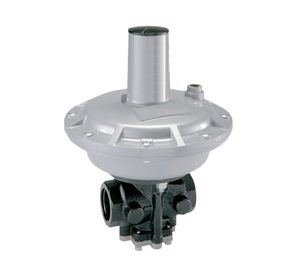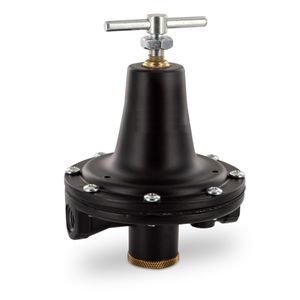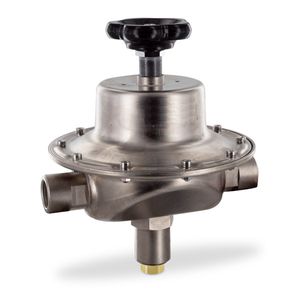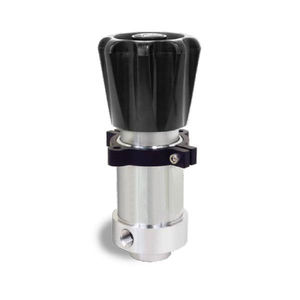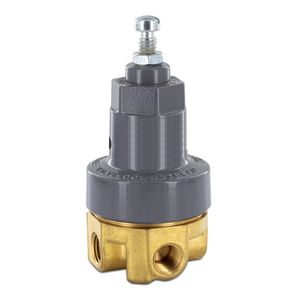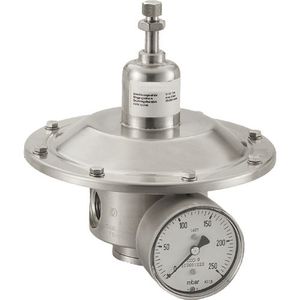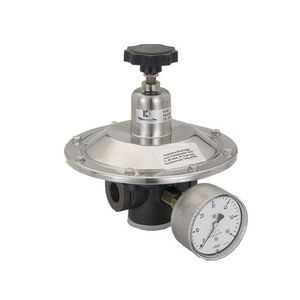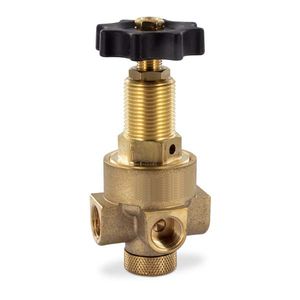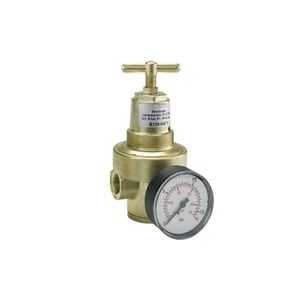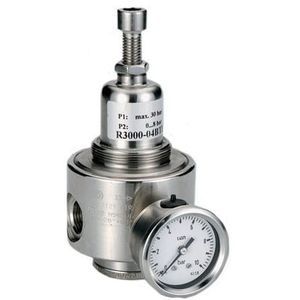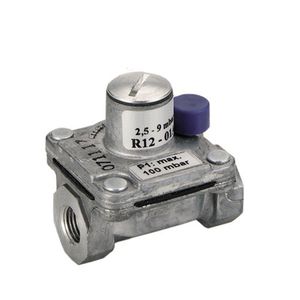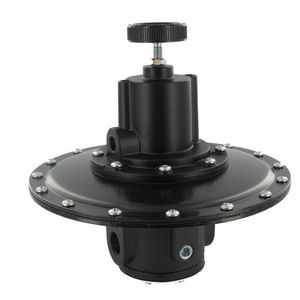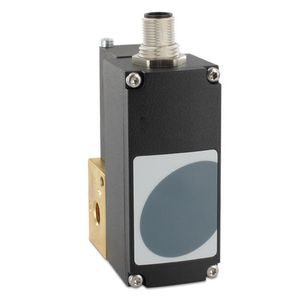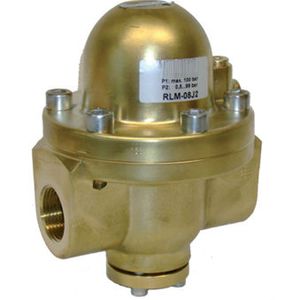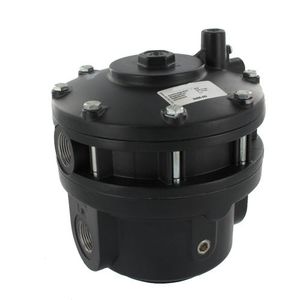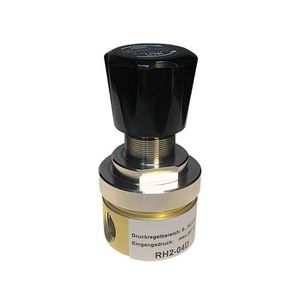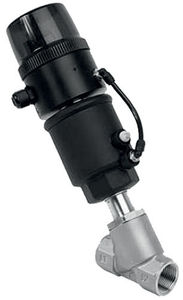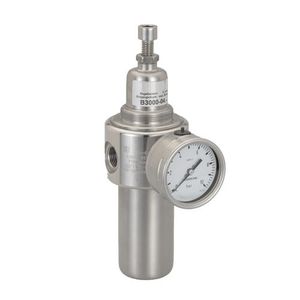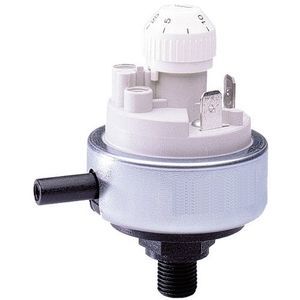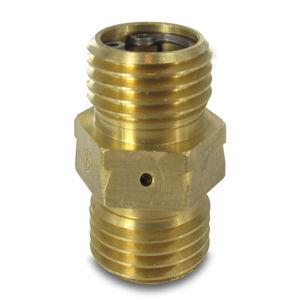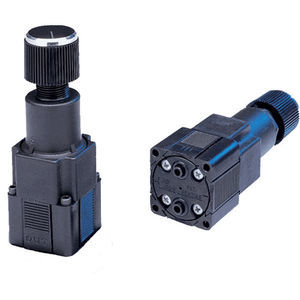
- Detection - Measurement
- Flow, Pressure and Level Measurements
- Mechanical vacuum switch
- ALPHA AUTOMATISMES Sarl
- Company
- Products
- Catalogs
- News & Trends
- Exhibitions
Mechanical vacuum switch DS15 - DS16for liquids and gasesfor liquidsfor air


Add to favorites
Compare this product
Characteristics
- Technology
- mechanical
- Fluid
- for liquids and gases, for liquids, for air
- Protection level
- IP65
- Applications
- industrial, for pneumatic applications
- Pressure range
Min.: 0.1 bar
(1.45 psi)Max.: 200 bar
(2,900.75 psi)- Process temperature
Min.: -30 °C
(-22 °F)Max.: 120 °C
(248 °F)
Description
Description
The pressure switch closes or opens an electrical contact when the desired pressure is reached. If it falls below. the contact will be reset
Media
compressed air. non-corrosive gases or liguids
Overpressure
see chart for max. static pressure, dynamic pressures are 50% lower
Switch contact
DS15/16: NO contact optionally NC contact - DS17/18: SPDT switch
Contact load
DS15/16:2 A at 42 V DC. DS17: - 4Aat42VDC. - DS18: - 4Aat250VAC
Electrical connector
DS15/16: screw terminal. DS17/18: spade terminal 6.3 x 0.8 mm. optionally also for DS15/16
Hystérésis
DS15/16: 5... 20%. - DS17/18: adjustable to 10... 30% by factory
Lite cycle
10e switching cycles at < 50 bar Switching frequency max. 200 cycles/min
Vibration résistance
10 g at 5...200 Hz - Sliock résistance - 30 g
Certifications
CSA-certified and UL-listed - Mounting position - any
Protection class
IP 00. with coupling socket IP 65
Température range
-30 °C to 100 DC / -22 °F to 212 °F for NBFVBuna-N.
-30 °C to 120 °C / -22 °F to 248 °F for EPDM. -5 °C to 120 °C / 23 °F to 248 *F for FKM
Material
Body: Steel, brass at DS15. optionally stainless Steel at DS18
Elastomer. NBFVBuna-N. optionally EPDM or FKM
Catalogs
No catalogs are available for this product.
See all of ALPHA AUTOMATISMES Sarl‘s catalogsRelated Searches
- Level limit switch
- Pressure gauge
- Liquid level limit switch
- Analog pressure indicator
- Pressure switch
- Protection level level switch
- Float level switch
- Stainless steel pressure indicator
- Threaded pressure indicator
- Dial pressure indicator
- Waterproof pressure switch
- Process pressure indicator
- Bourdon tube pressure gauge
- Gas pressure indicator
- Waterproof pressure gauge
- Tank level detector
- Adjustable pressure switch
- Plastic level switch
- Differential pressure indicator
- Liquid pressure switch
*Prices are pre-tax. They exclude delivery charges and customs duties and do not include additional charges for installation or activation options. Prices are indicative only and may vary by country, with changes to the cost of raw materials and exchange rates.






